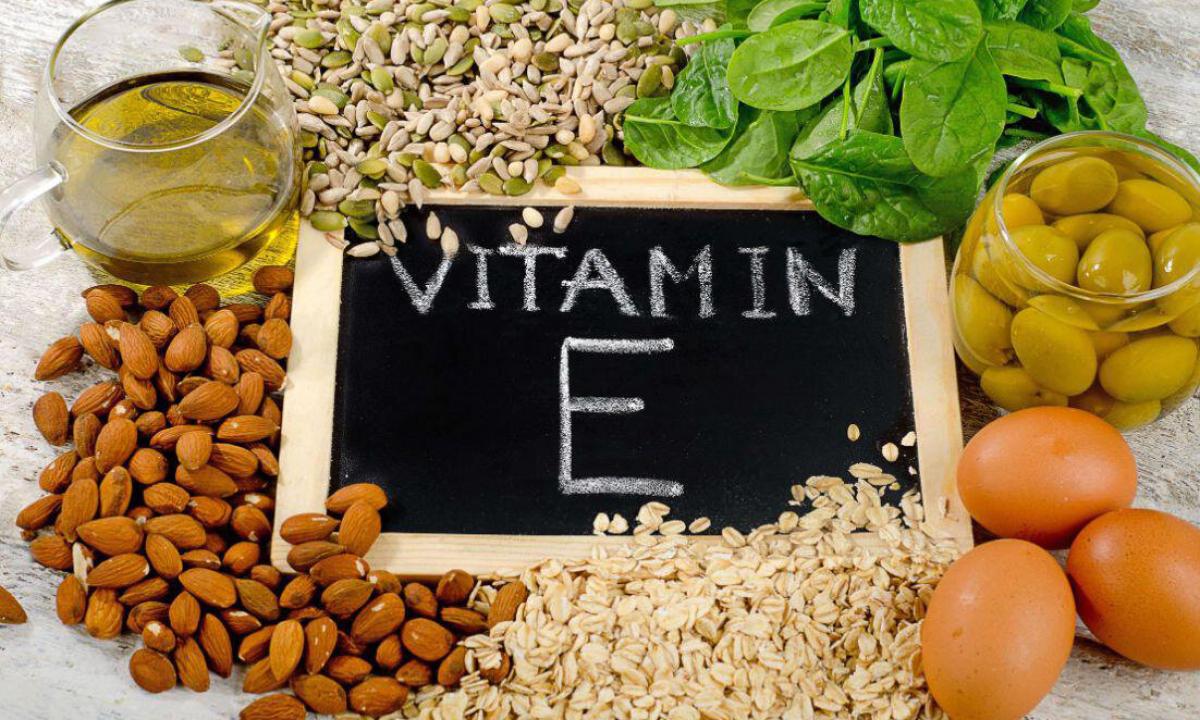you what vitamin is considered "youngest" know? And so, today we will lift the veil of secrecy. In 2003 the Japanese scientists found new vitamin, and it became the whole event as last time vitamin was discovered by 1948 more (B12 vitamin). This new substance got number 14 and became B14 vitamin.
But here still what piece. Just 34 years ago in a bacterium the scientists found substance which is called pirrol-quinoline quinone (yes, such long name). But here about his merits practically nothing was known. Paid attention to properties of quinone during the researches in laboratory of molecular dynamics at Institute of a brain in the city of Waco.
Then the Japanese scientists Tadafumi Kato and Takaoki Kasakhara began to study impact of quinone on mice and came to a conclusion that this substance has useful properties. Those mice who received quinone became better to breed, less often to hurt and they had a beautiful hair. And it is connected with development of a lysine which is simply necessary for normal functioning of an organism. Namely quinone influences its formation. Also this substance is a coenzyme in oxidation-reduction reactions of our organism. So pirrol-quinoline quinone officially received the name B14 vitamin or a coenzyme of PQQ.
Where does this vitamin contain?
It is possible to find B14 vitamin as in food of animal origin, and vegetable. In a large number B14 vitamin contains in a kiwi, a papaya, parsley, sweet pepper, tomatoes, potato, a celery, green tea, fennel, bread of a rough grinding, wine, beans, soy, carrots, a liver. Not without reason B14 vitamin was discovered in Japan. Scientists established that at fermentation of soybeans some vitamins synthesize considerable amount of B14 vitamin. Therefore so beaters, sushi, miso-soups and other dishes of Japanese cuisine well-known now are very useful. They contain a large amount of antioxidants and B14 vitamin.
How does B14 vitamin interact with other substances?
On the action pyrrolo-quinoline-quinone is the substance showing at the same time properties of ascorbic acid (recovery potential), Riboflavinum (oxidation-reduction reactions), pyridoxal phosphate (carbonyl reactivity).
Also B14 vitamin can be the deputy of Riboflavinum.
Than this vitamin is so useful?
- Important enzyme
Scientists found out that B14 vitamin is a coenzyme of a flavinreduktaza which is important enzyme for erythrocytes. And from a biology course we remember that erythrocytes are red blood cells which transfer oxygen. B14 vitamin helps little bodies to live and function longer.
- Heart and nervous system have to be as it should be!
Scientists found out that B14 vitamin protects our nervous cages and our heart from ischemia and a hypoxia, that is allows our most important bodies to receive necessary amount of oxygen. Besides, B14 vitamin helps to be restored quickly to nervous tissues, slows down development of a cataract.
- Beautiful creatures, we fly on beaters, miso-soups and favourite parsley!
Also during the researches it became clear that B14 vitamin is necessary for normal functioning of a reproductive system! Also this "young" vitamin promotes normal course of pregnancy, cares for growth and development of a fruit.
- You can't find the best antioxidant!
B14 vitamin is powerful antioxidant, it catalyzes reactions of free radical oxidation. Thanks to B14 vitamin our liver is under protection against various pathogenic influences (but it does not mean that now it is possible to drink alcohol in unlimited sizes and to lean on fat).
- Старению.net
B14 vitamin is a participant of oxidation-reduction processes, thereby protecting DNA, RNA, walls of cages from negative impacts. Quinone slows down aging processes, stimulates growth of cages and development of an organism.
And if there is not enough B14 vitamin in an organism?
You can sleep peacefully, it does not threaten you. B14 vitamin contains in many products which we daily use so deficiency B14 vitamin at anybody was not observed yet.
And what if in an organism B14 vitamin surplus?
As this vitamin still "young", cases of a surplus it was not still revealed.
